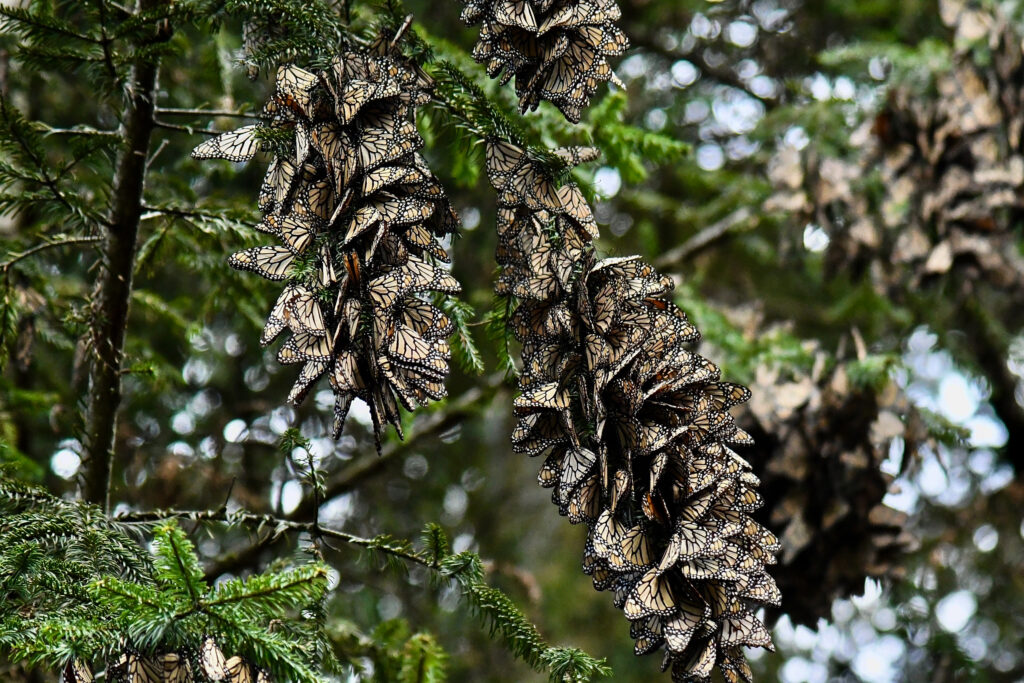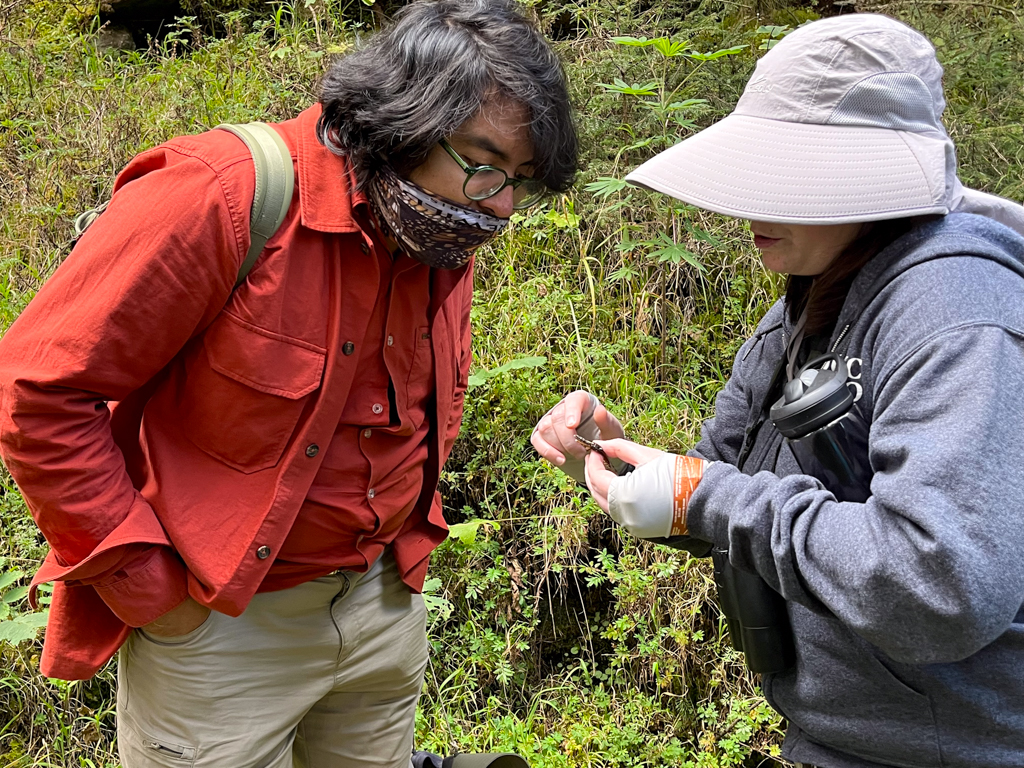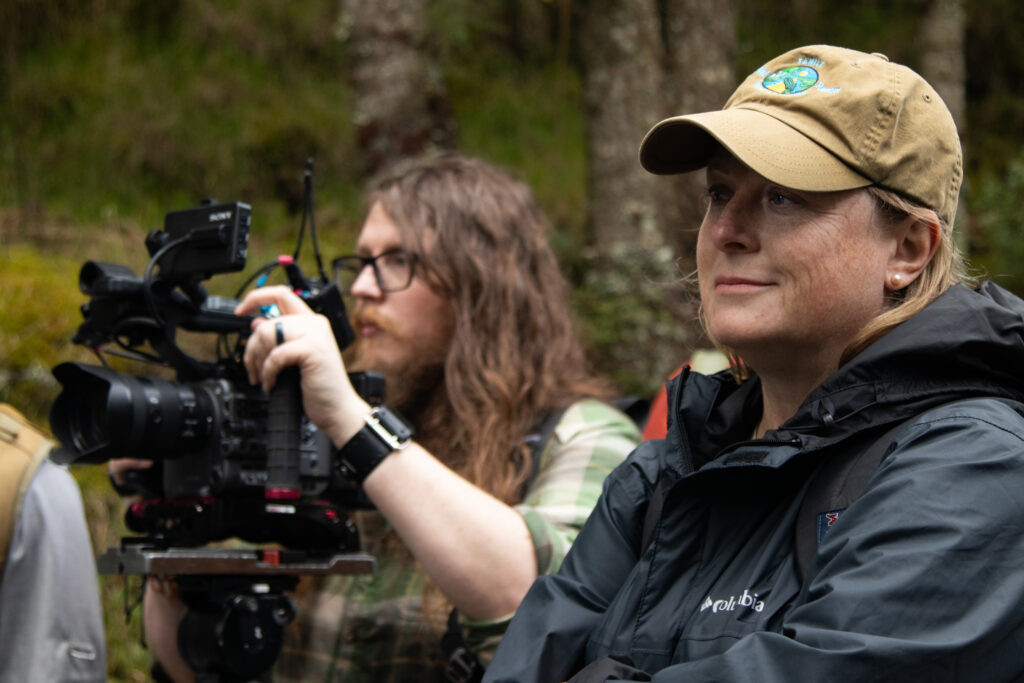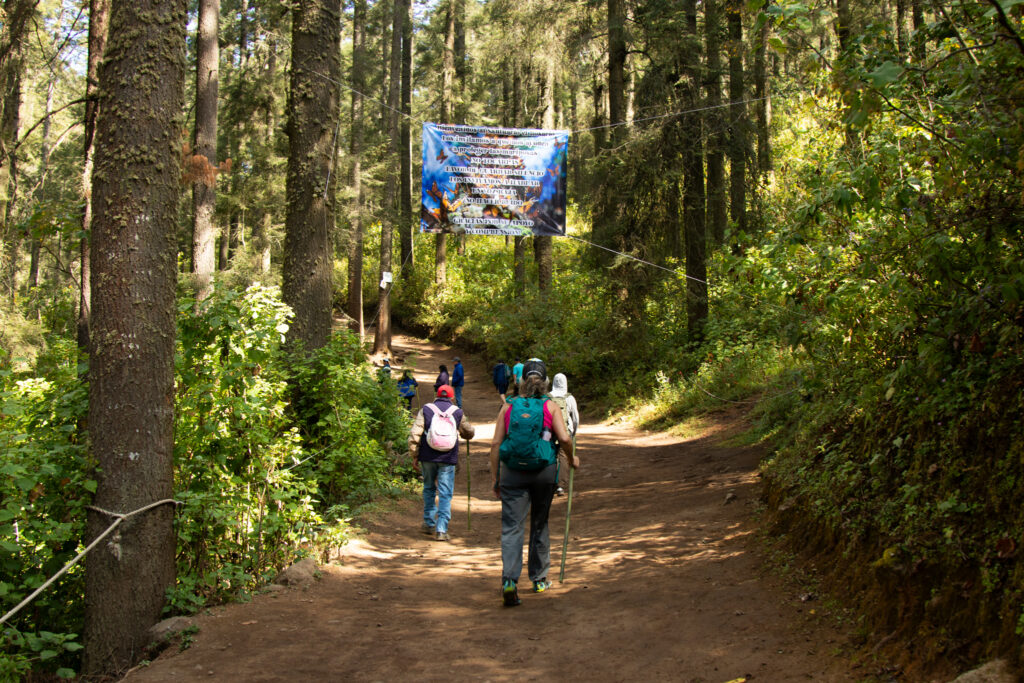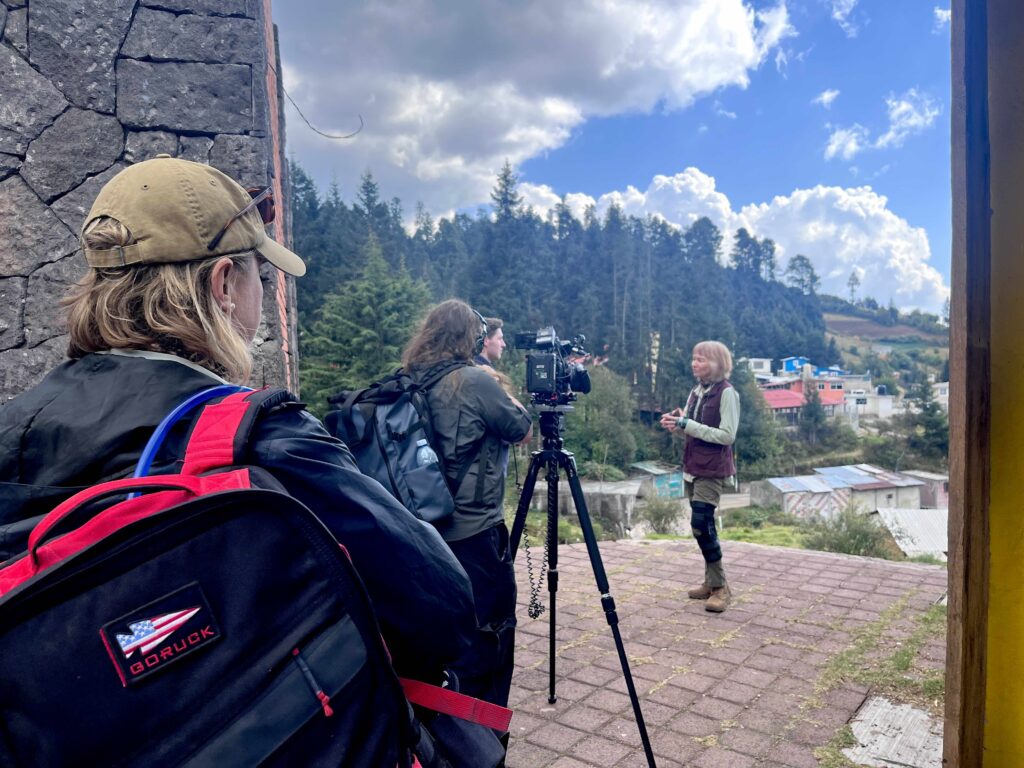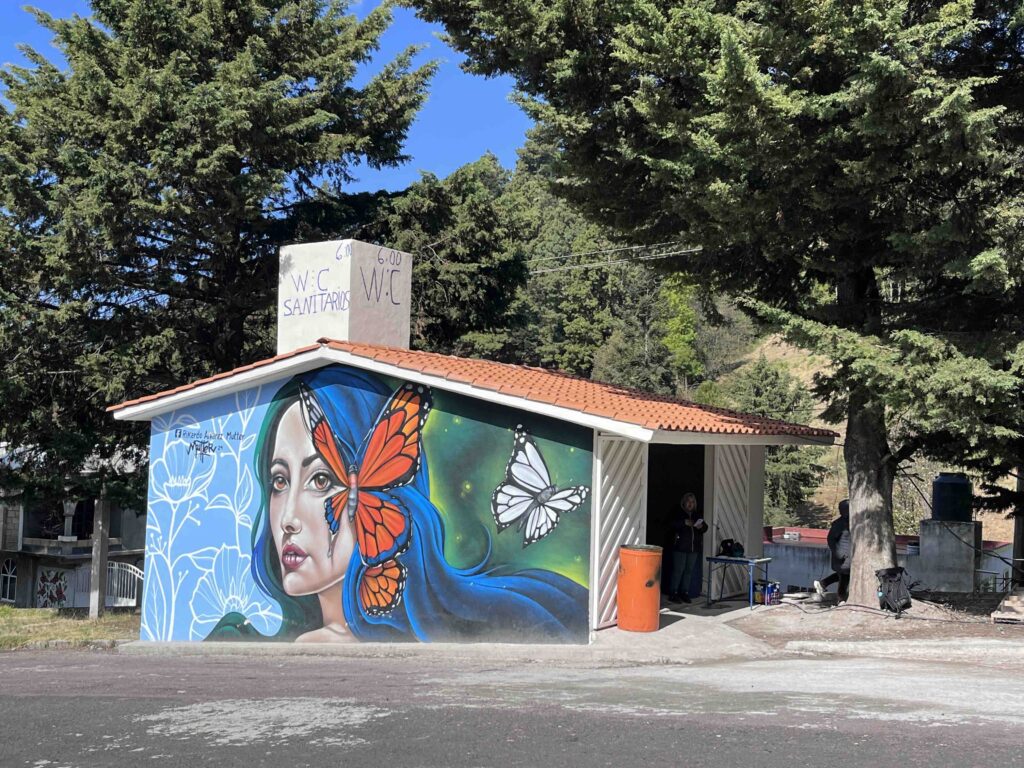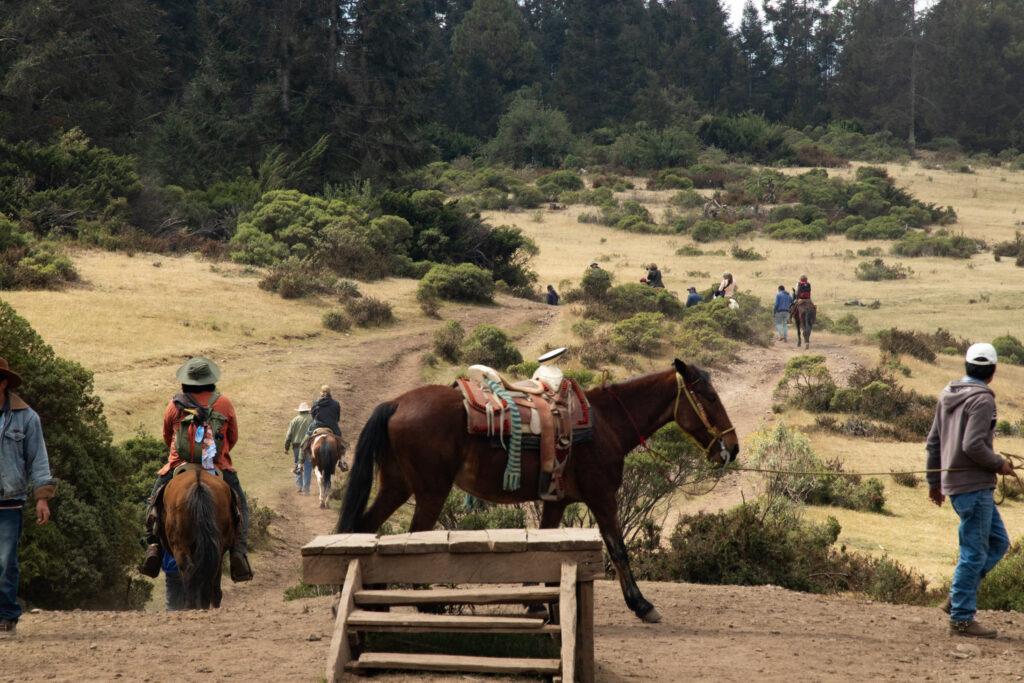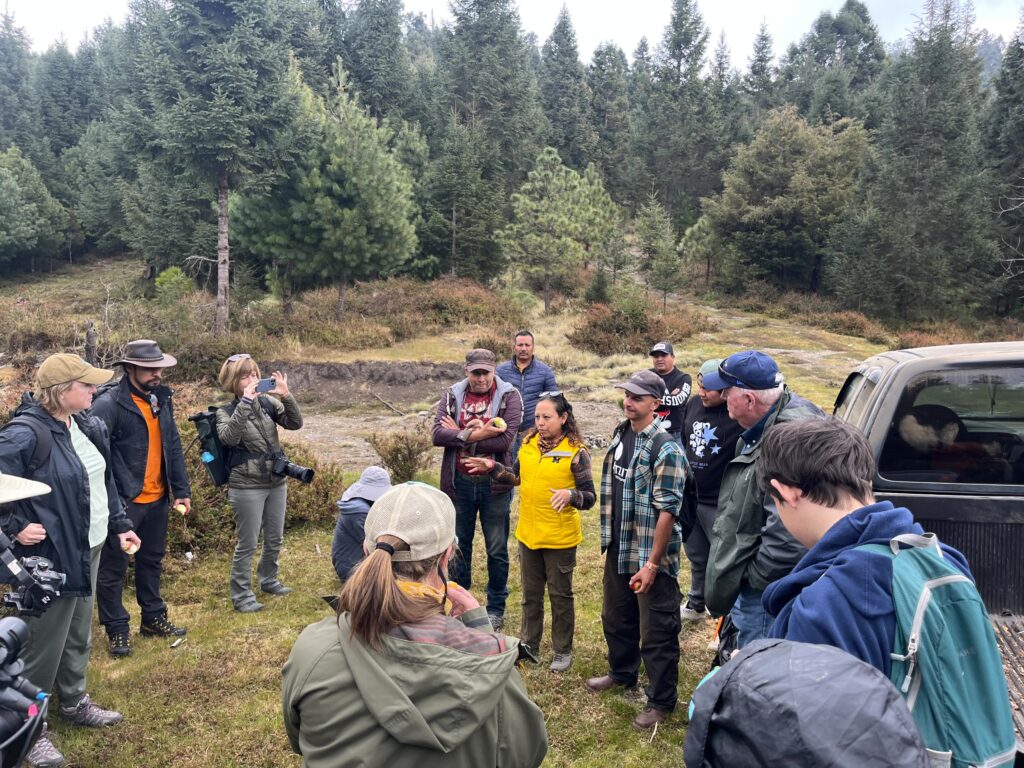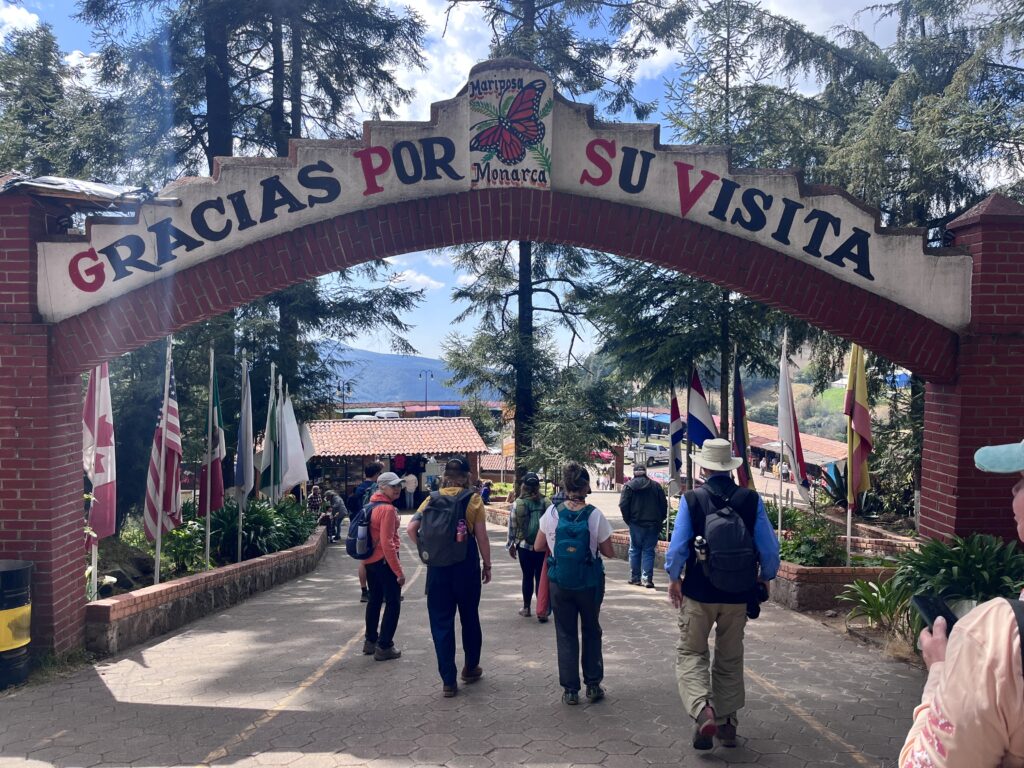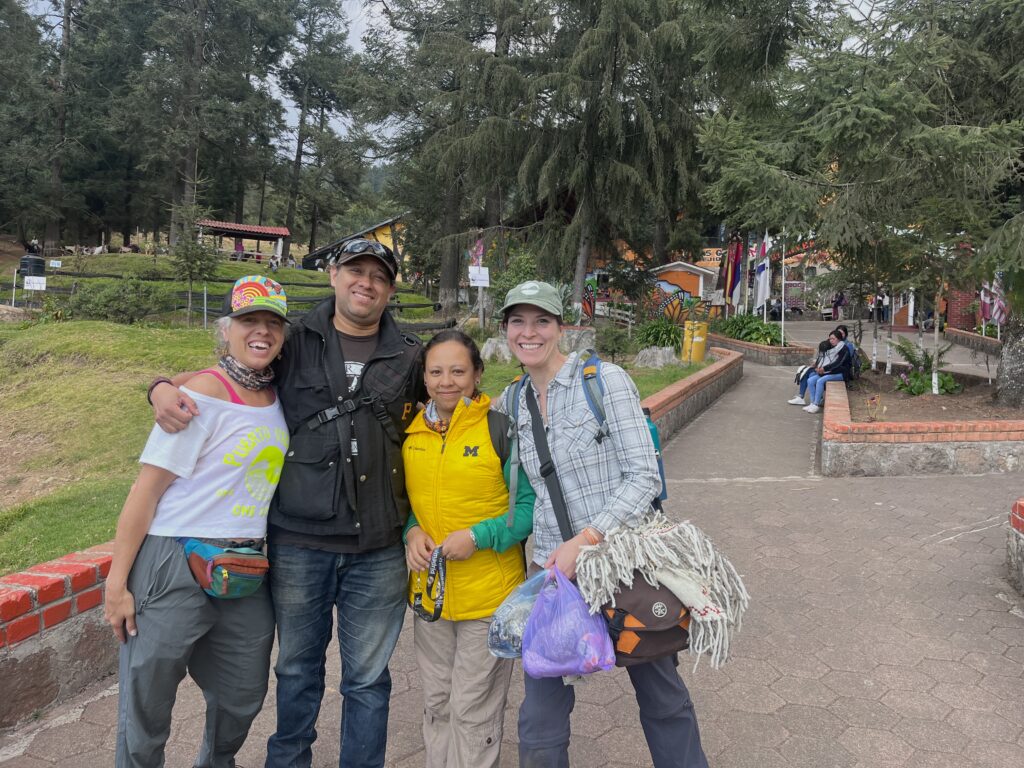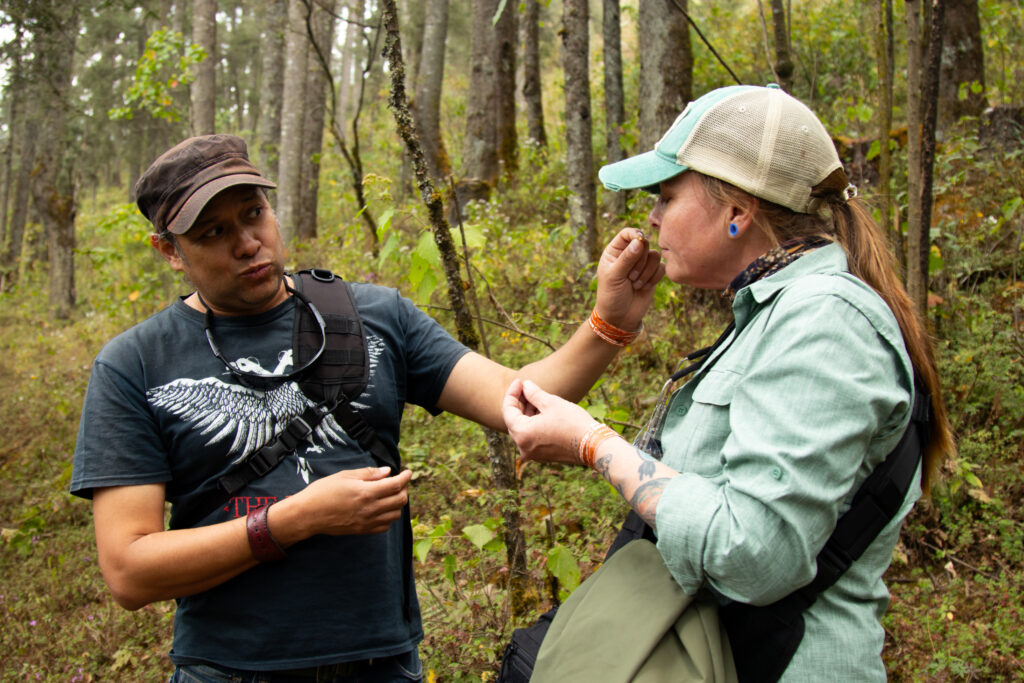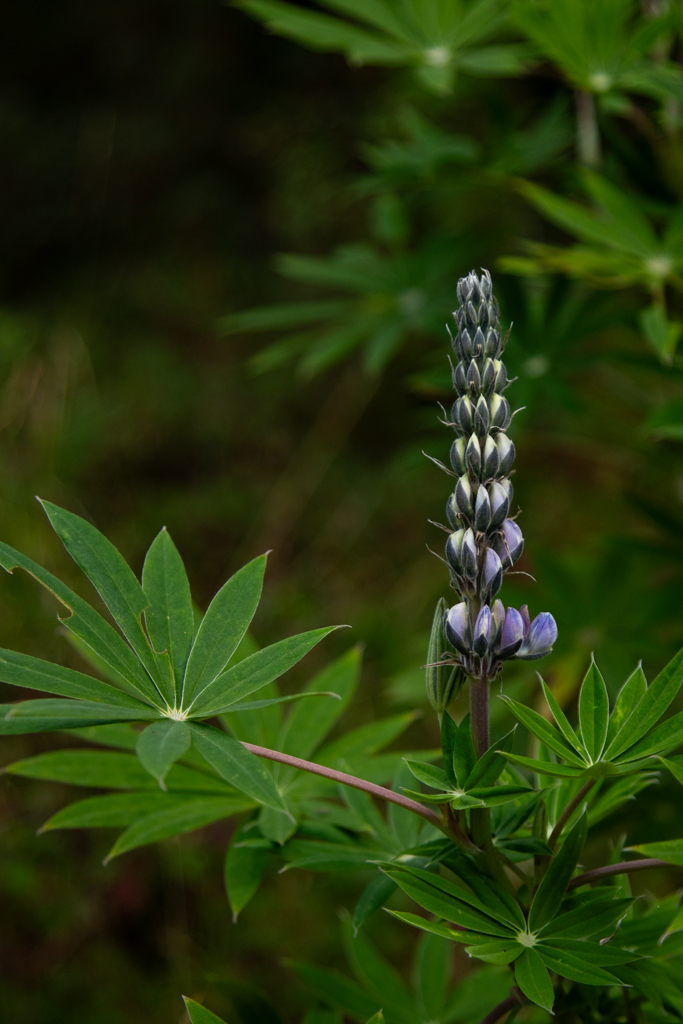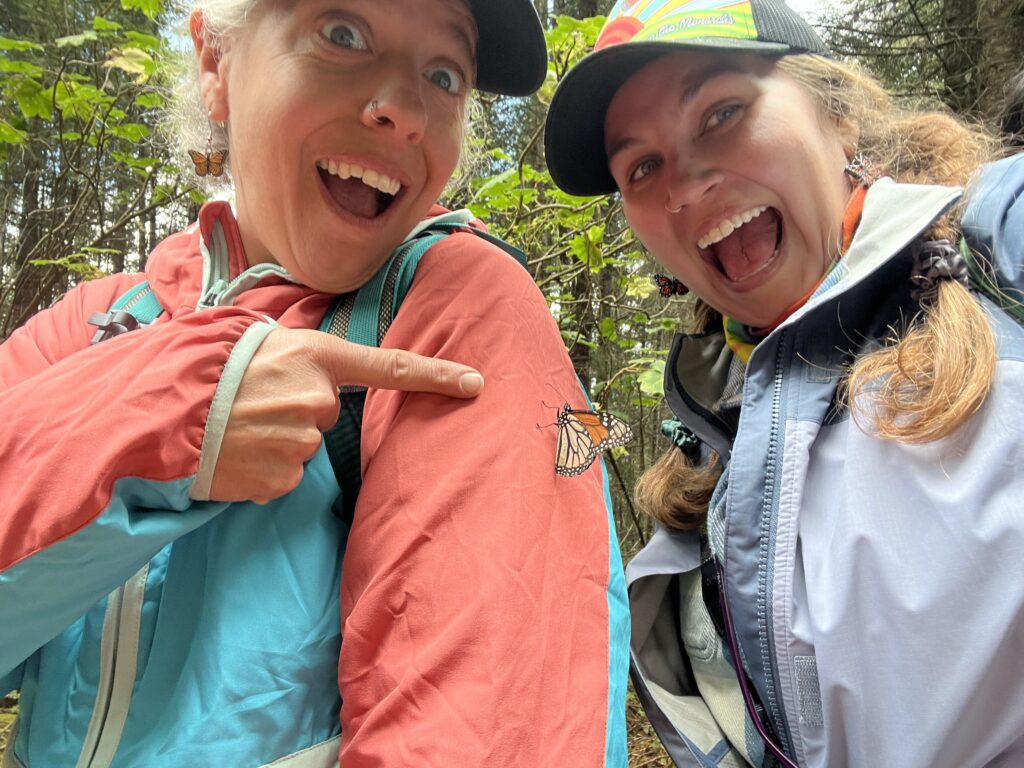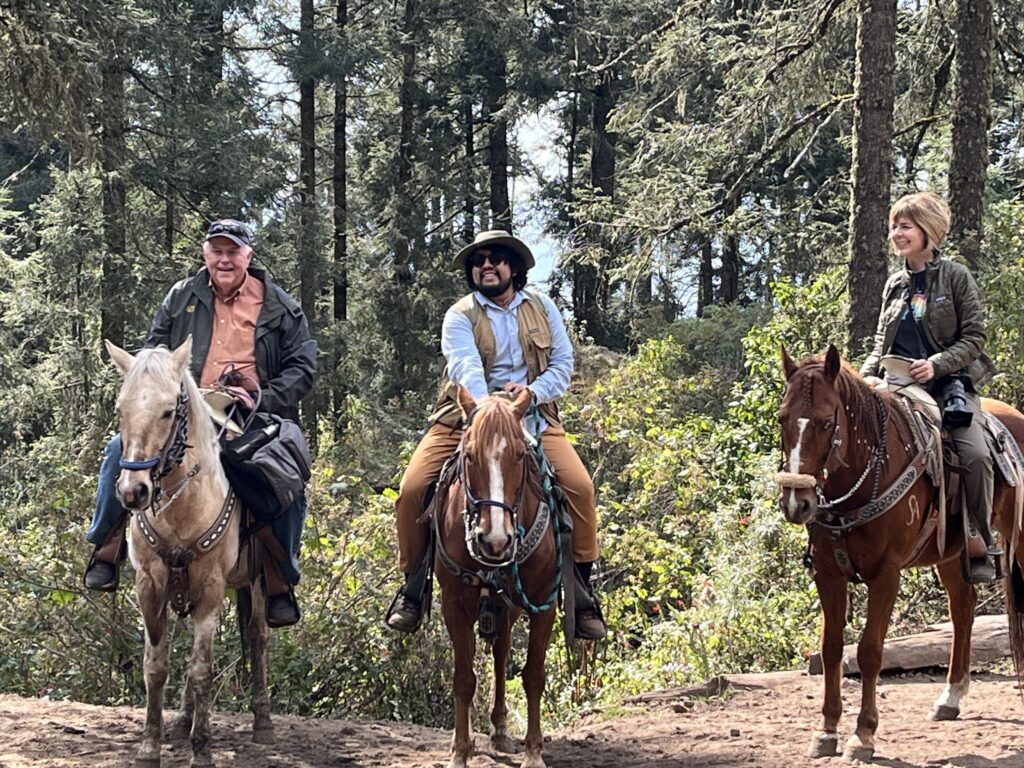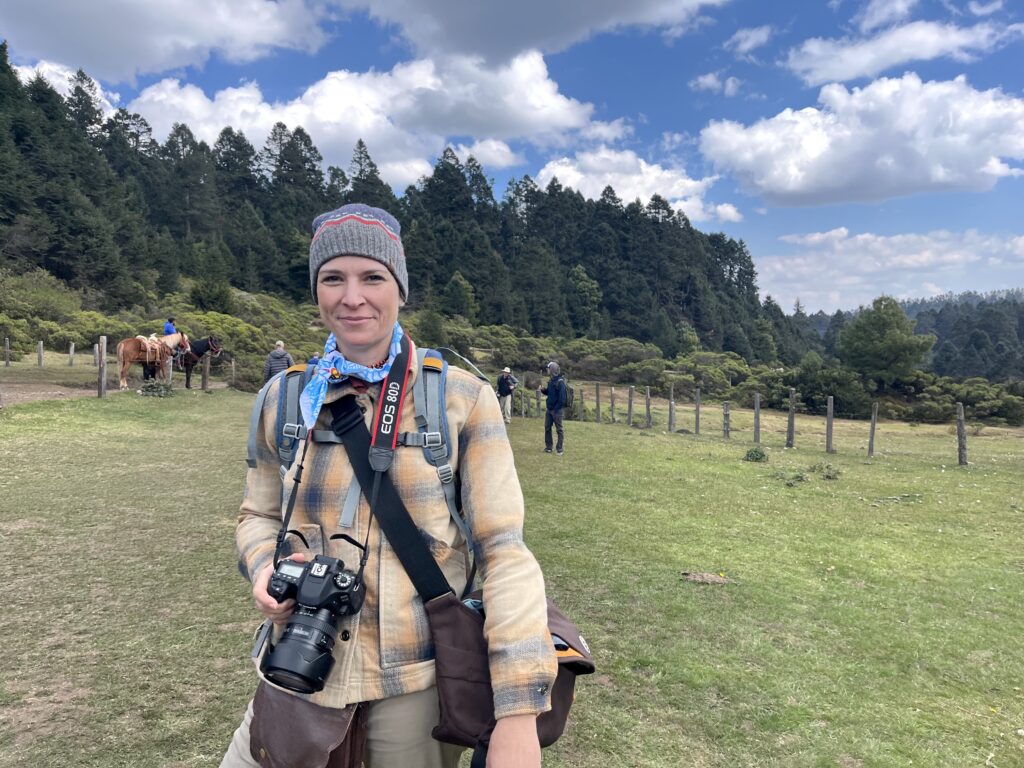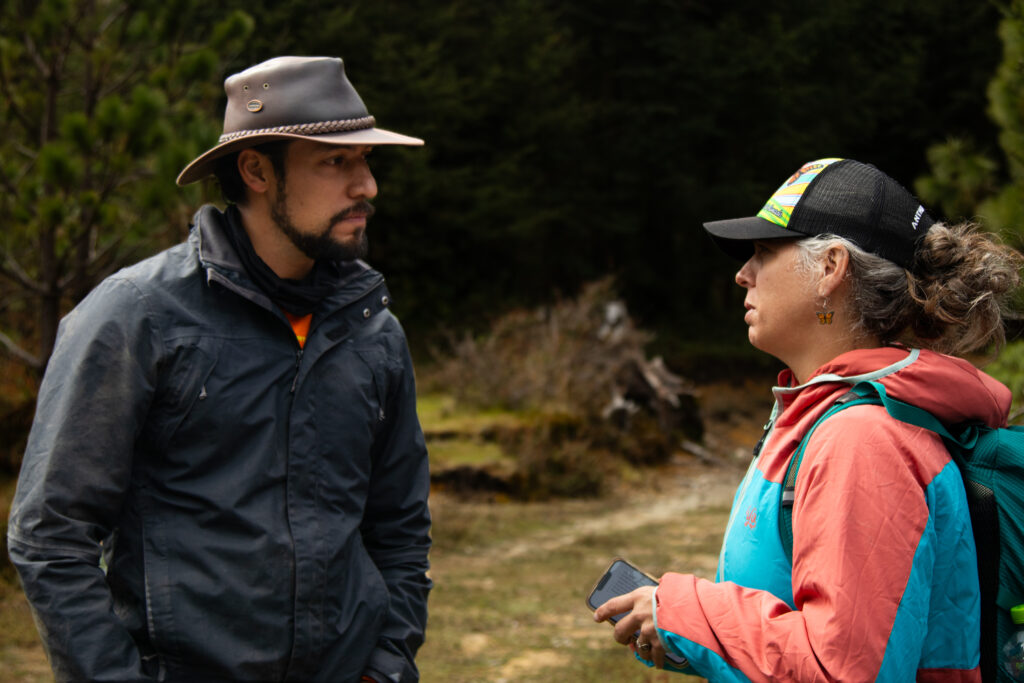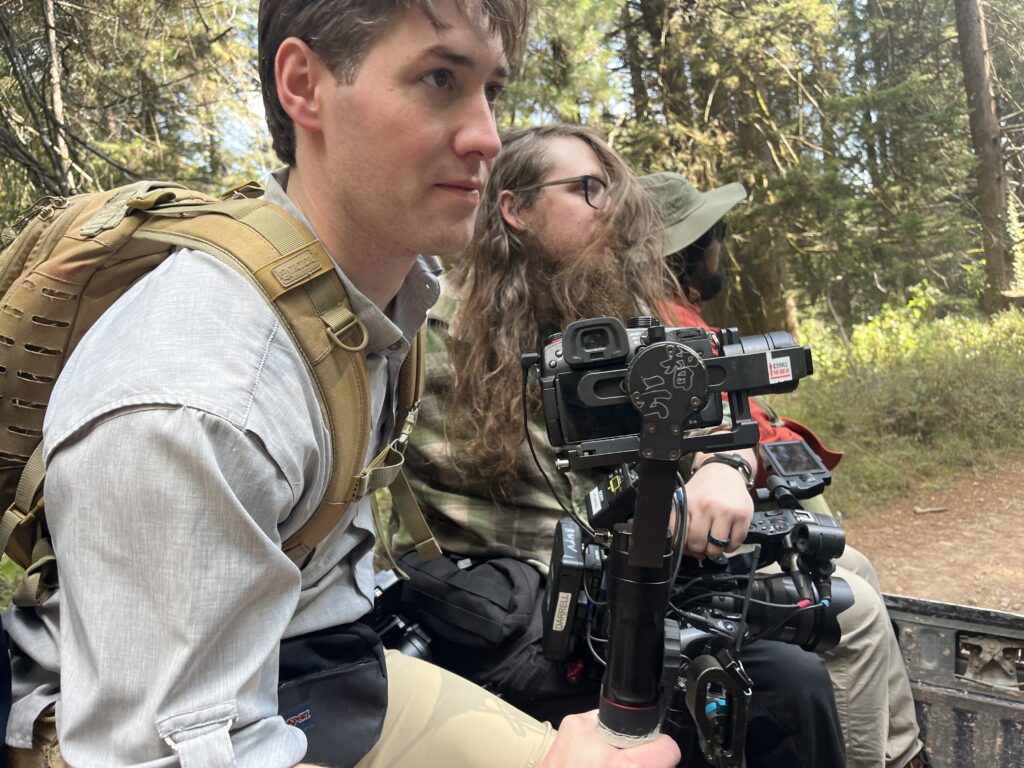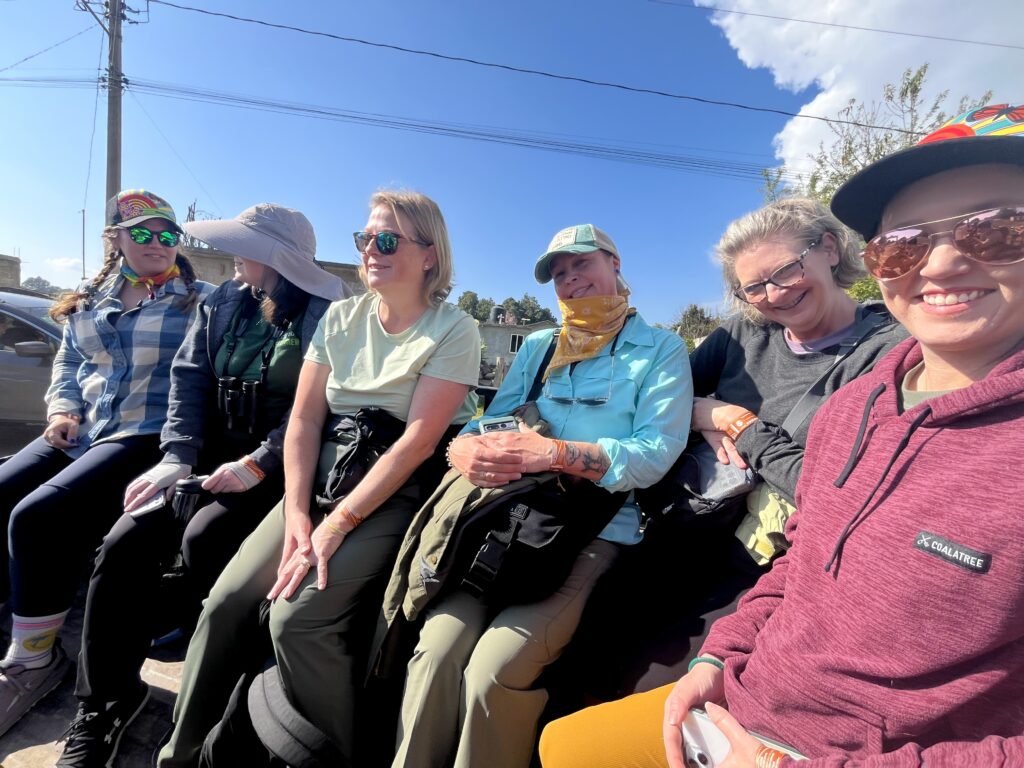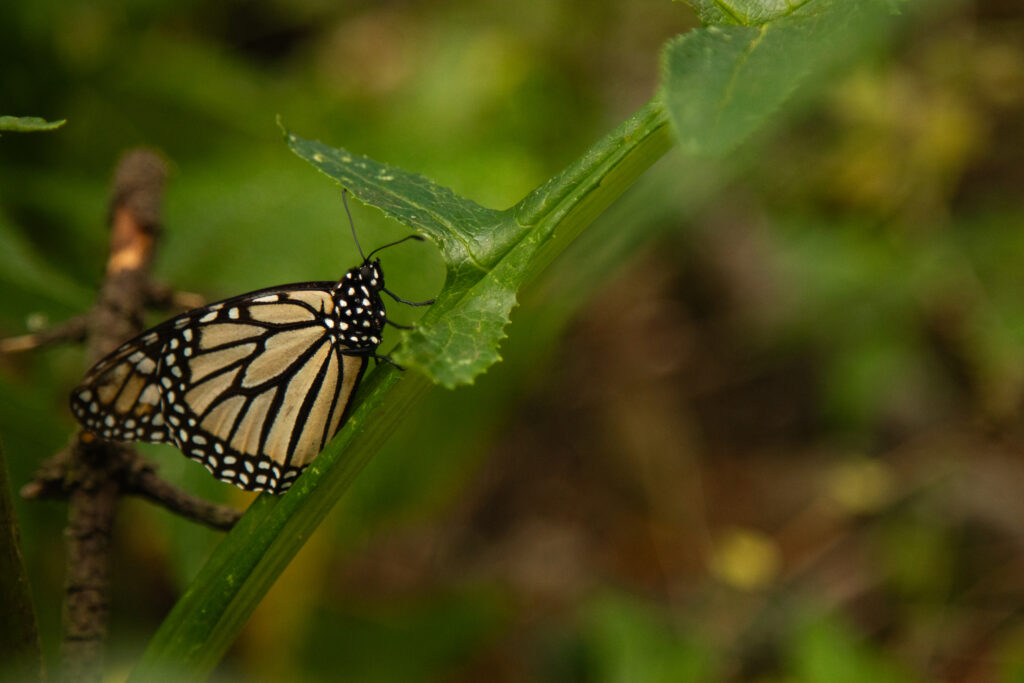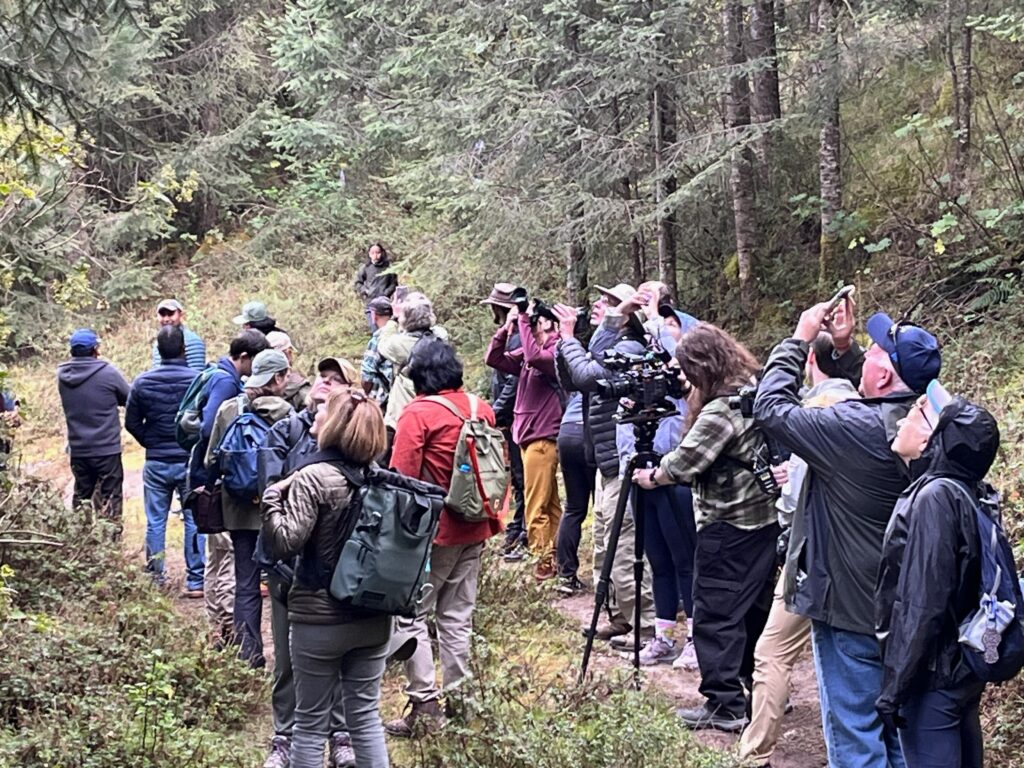February 18, 2025
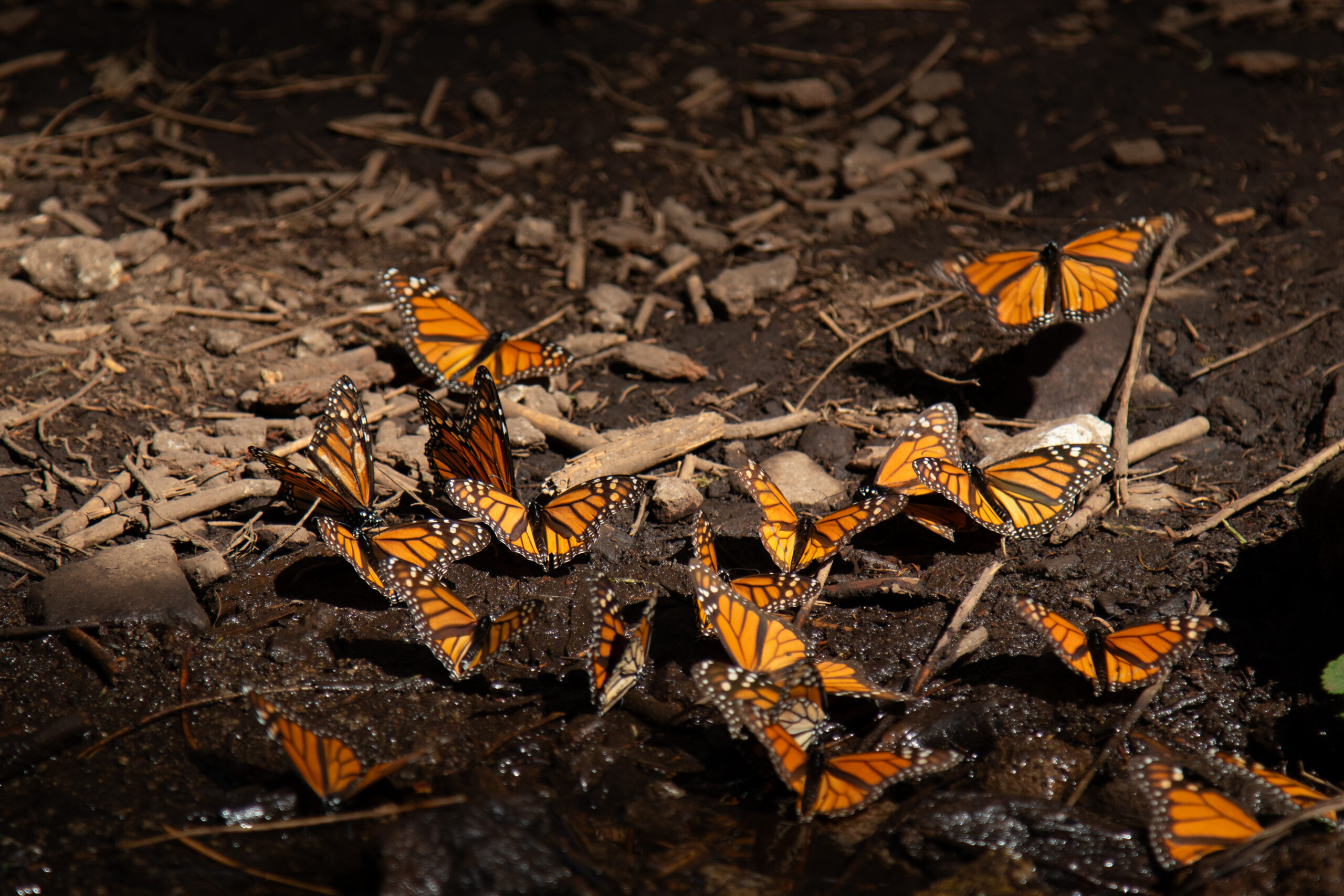
Earlier this month, a group of 18 Oklahomans—comprised of media, conservationists, and nature enthusiasts—gathered in Mexico City for a journey by the Oklahoma City Zoo and Botanical Garden. They prepared to traverse the mountainous roads of Michoacán in search of something they had only dreamed of: the Monarch Butterfly Biosphere Reserve. The privilege of this experience was not lost on the group, as most will never get this chance. For many, it was a once-in-a-lifetime opportunity—a bucket list item fulfilled.
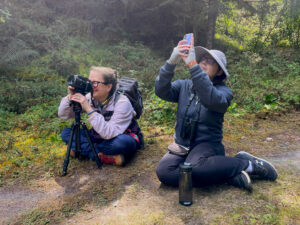
"After a decade of researching monarchs and witnessing every stage of their life cycle across multiple states, the overwintering colonies were the final missing piece,” said Dr. Emily Geest, Conservation Scientist at the Oklahoma City Zoo and Botanical Garden.
In addition to staff and friends of the OKC Zoo, the trip brought together longtime monarch conservation advocates from various organizations across the state. Participants included staff, board members, and volunteers from the Oklahoma Monarch Society (OMS); representatives from the Oklahoma Department of Transportation, Oklahoma Native Plant Society, Prairie Wind Nursery, the Oklahoma Association of Conservation Districts; and News 9, a television station in Oklahoma City.
Upon arrival, the group took a walking tour through the historic center of Mexico City. Their enthusiastic guide, Ronnie Cerón, spoke with wide-eyed passion, weaving together stories of architecture, history, religion, and culture, leading them through bustling streets and intermittent rain. He shared the rich and often tragic history of this place once called Anahuac, home to the Tenochtitlan people. Standing before the Metropolitan Cathedral, built atop the ruins of the sacred Templo Mayor, the group grappled with the layers of history—empathy for the indigenous people interwoven with an appreciation for the architecture left in the wake of Spanish conquest. These stories lingered in their minds as they gathered for dinner, preparing to spend the next four days together.
Into the Wild: The Road to the Monarch Sanctuaries
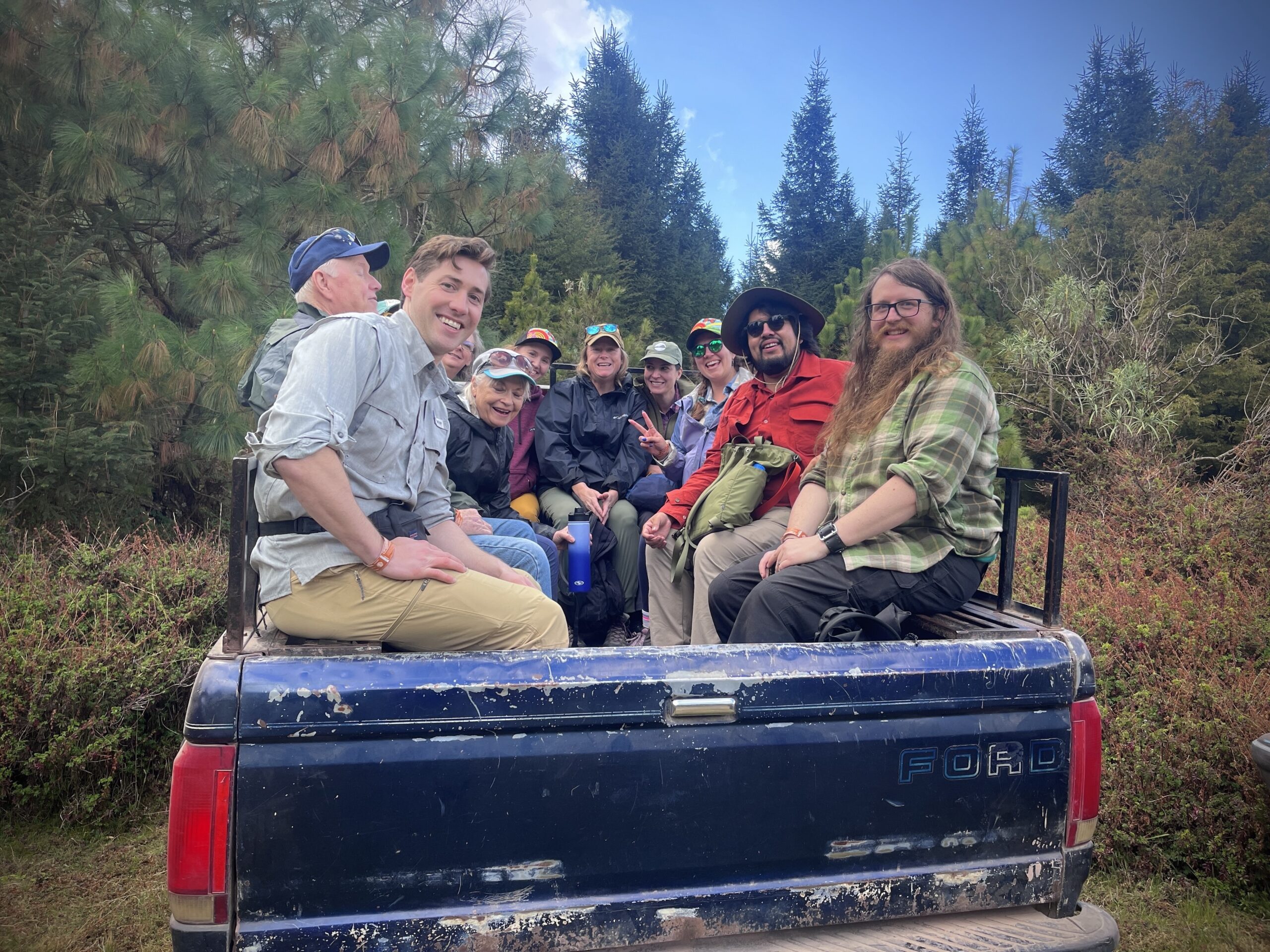
The next morning, the group set off on a three-hour drive west, accompanied by their guides, Ronnie and Gerardo Ibarra. Their destination: three monarch sanctuaries. These sanctuaries are remote and nestled in the oyamel fir forests some 10,000 feet above sea level. In these forests, the monarchs find the ideal microclimate to spend more than a quarter of the year roosting in trees, clustering together to stay warm.
The first destination was the small community of San Pablo Malacatepec, where travelers were greeted by local biologists and guides—Teresa, Samuel, and Sidhartha—who led them up to the Villa Allende Monarch Colony. The journey took over an hour along an incredibly bumpy road, with the group riding in the back of two pickup trucks and a Subaru Forester. The path simply ended in a very inconspicuous location where the guides spoke to them about the local efforts to protect this forest—creating firebreaks, providing sustainable eco-tourism, and finding a balance between small-scale logging for the local community and protecting this habitat for the monarchs and other wildlife that depend on it for survival.
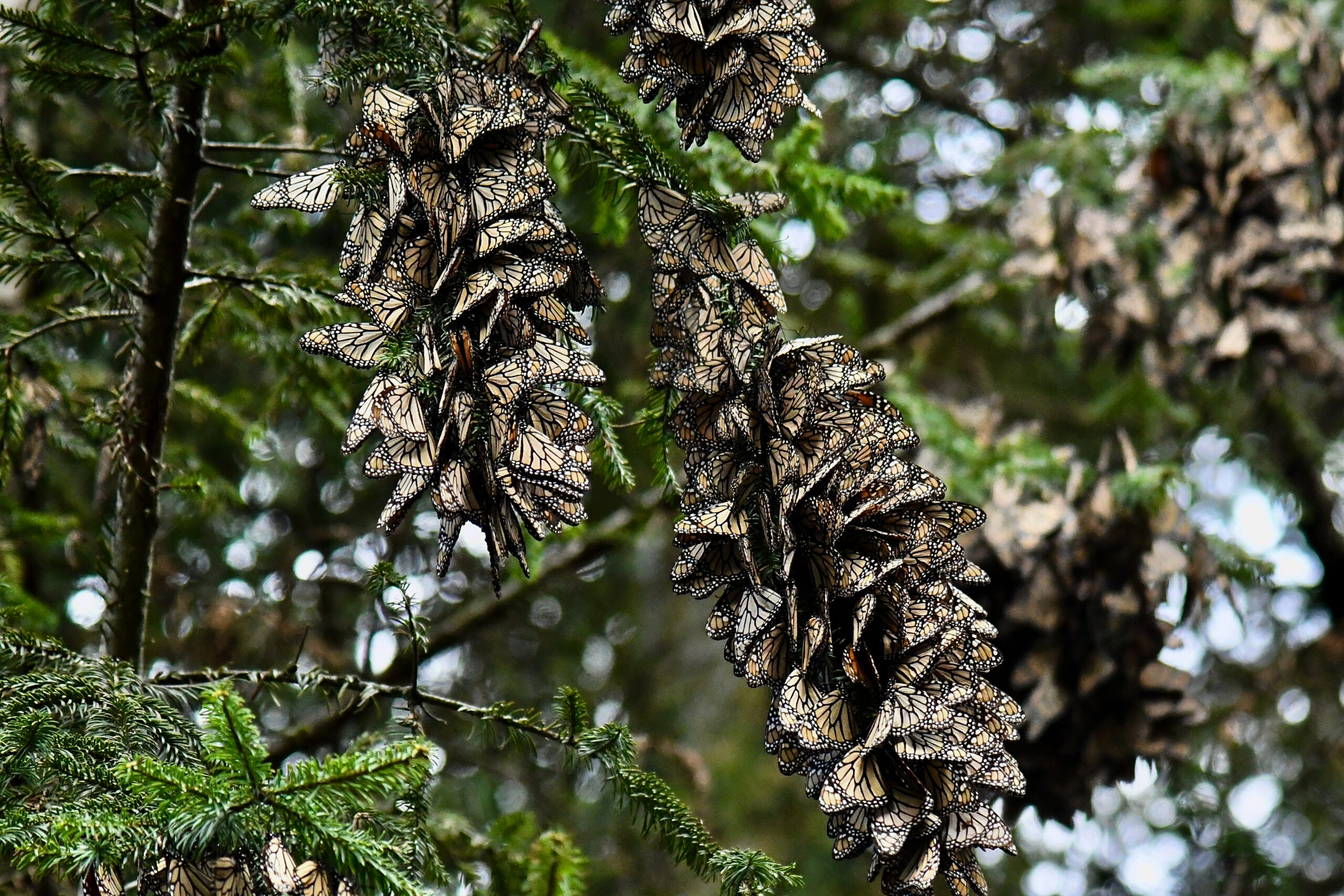
The group then embarked on a 30-minute hike to the monarchs' roosting site. Initially, they blend into the firs, their presence unnoticed until a moment is taken to step back and truly see—only then do the large clusters hanging in tandem begin to reveal themselves. When the weather is cool and the sun is hidden by clouds, few monarchs break from the group. The magic comes to fruition when the sky parts and the sun warms the forest. From there, a flurry of activity takes place, and in this moment, eyes widen, faces light up with excitement, and connections to the butterflies, forest, and fellow witnesses begin to form.
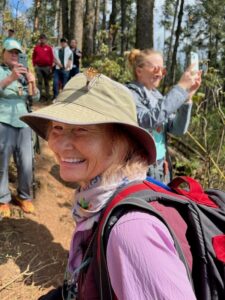
This is a sacred experience, and for many local indigenous communities, the arrival of the monarchs in November signifies the return of the souls of their ancestors, representing life, death, and rebirth. Standing among the fluttering wings, it became clear why this migration has been revered for centuries—its beauty is almost beyond words, a breathtaking moment of wonder.
"The monarch butterfly’s migration has captivated the imagination and admiration of people across three countries for thousands of years," says Vonceil Harmon, Monarch Program Lead for the ODOT Natural Resources Program. "As someone fortunate enough to work in monarch conservation, I constantly hear people ask what happened to all the monarchs or reminisce about seeing them in great numbers as children."
The next day, the group traveled two hours south to visit the larger Sierra Chincua Sanctuary. This time, a few people mounted horses for the steeper part of the journey. The hike was further, but the monarchs were more plentiful. The amount of time that can be spent in this place is dependent on the size of the crowds and on a busy day one could only spend a mere 18 minutes. But with butterflies fluttering in every direction, their sheer numbers and constant movement made it impossible not to be pulled into the moment.
"This was a truly magical and spiritual experience, connecting the ‘why’ to what I do on a daily basis. I'm a horticulturalist and this experience has strengthened my connection to nature," said Codi Waters, Prairie Wind Nursery.
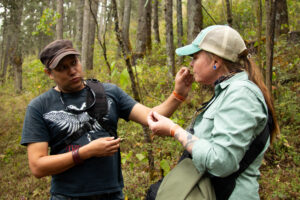
The visit to the last and the world’s largest, monarch sanctuary did not disappoint—El Rosario Monarch Butterfly Biosphere Reserve. The hike to get to the monarchs was much more strenuous, and only five broke from the group to do the hike by foot, while the rest traveled by horseback. The substantial increase in elevation made the air seem thin and almost unattainable in the face of such steep terrain. The group reunited 15 minutes from the roosting grounds. As they neared, small groups of butterflies puddled near a tiny stream while others drank nectar from nearby plants. A short hike up the hill from the stream led to a roped-off section of the trail, where thousands of monarchs roosted in the trees. People gathered taking turns marveling at the giant clusters of monarchs hanging delicately from the branches and clinging to the trunks, their layered wings projecting outward, creating a cascading texture against the bark. The sights, smells, and feelings of this place are not easily forgotten.
Dr. Emily Geest, reflected on the significance of experiencing the monarchs in their overwintering habitat: “Seeing them in Mexico—watching them shingle together in roosts, noticing the subtle differences between colonies, and observing their behaviors as they take flight in the warmth—sparks even more questions and new avenues of research. Monarchs are endlessly fascinating, and this journey is a reminder of how much there is still left to learn."
Beyond the Butterflies: Culture and Community in Michoacán
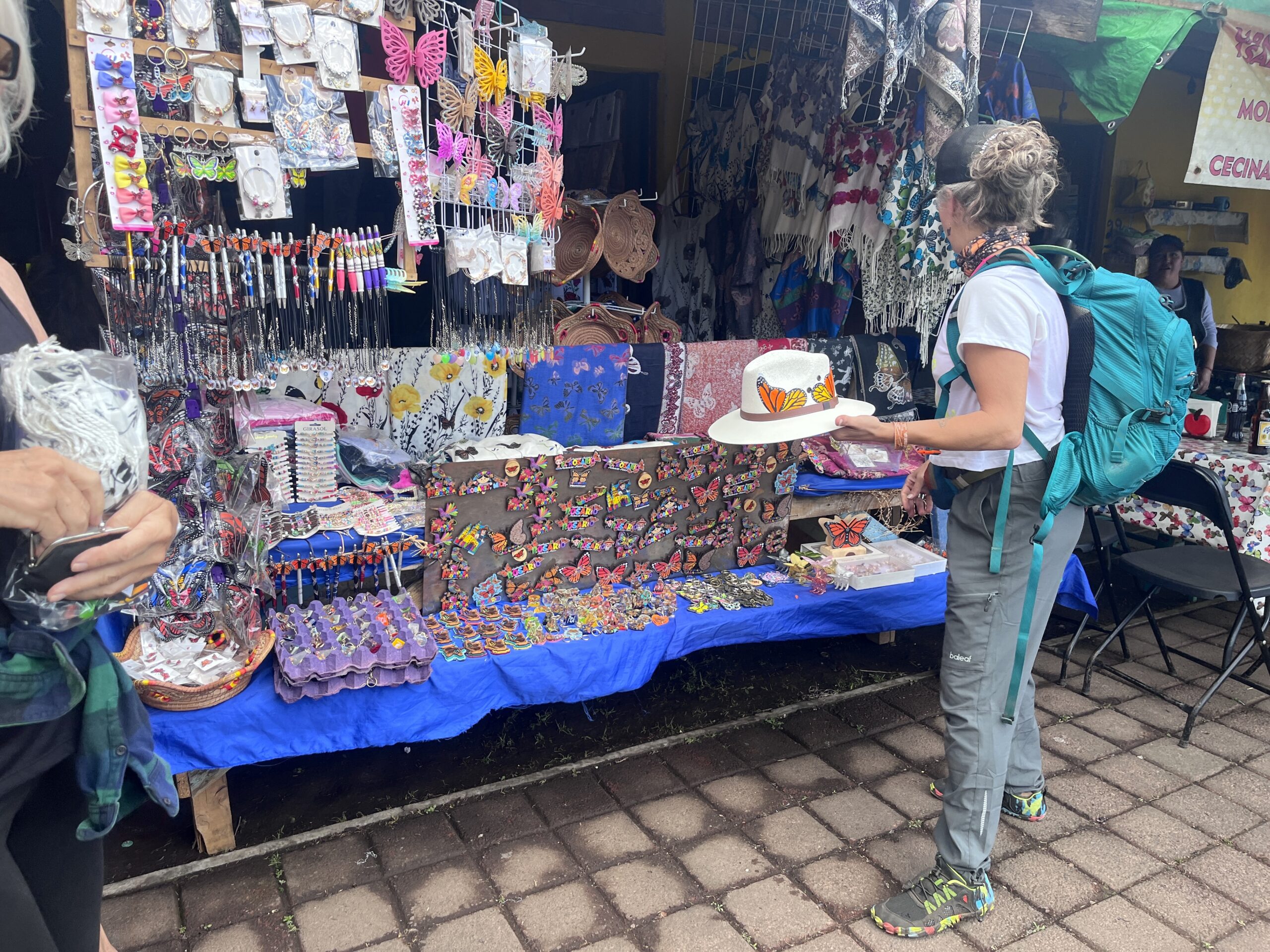
While the awe-inspiring sight of the monarchs left an indelible impression, the visit to Sierra Chincua and El Rosario reserves also offered a glimpse into the vibrant local culture that thrives alongside the butterflies. More established to accommodate large crowds, these sanctuaries host restaurants serving traditional dishes such as huitlacoche (corn smut) and flor de calabaza (squash blossom) quesadillas. Souvenir shops showcased handcrafted items, including ocoxal baskets woven of pine needles gathered from the forest floor and vibrant wool ponchos. For many local residents, these few months of tourism provide a significant portion of their annual income, making visitor support essential to their livelihoods.
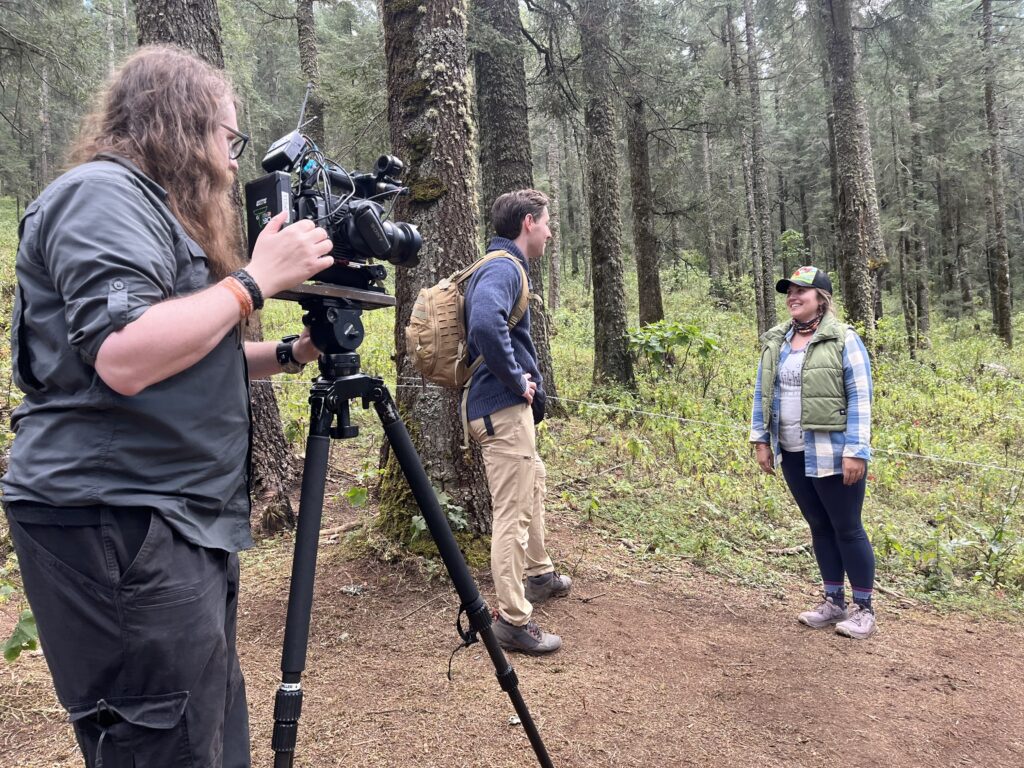
"Protecting monarchs is so much bigger than ecosystem conservation or saving an iconic pollinator species," said Larissa Balzer, Oklahoma Monarch Society Board Treasurer. "It's about protecting history, culture, family, spirituality, and a way of life. This was a massive mindset shift for me."
Accompanied by local biologists and guides to each of the three sanctuaries, the group learned firsthand from experts that monarch numbers—not just of individual butterflies, but also of the colonies—have drastically decreased over the years.
Before their visit, the group was aware of the decline in monarch populations, but hearing directly from local biologists and guides made the severity of the situation even more apparent. Each year, biologists survey thousands of monarchs to check for tags. In previous years, Teresa and her team at the Villa Allende Monarch Colony had found hundreds of tagged monarchs. But this year, despite surveying thousands, they found only four so far. This alarming decline underscores the urgent need to expand tagging efforts in the U.S., reduce pesticide use, and restore critical monarch habitat.
Small Butterfly, Big Impact
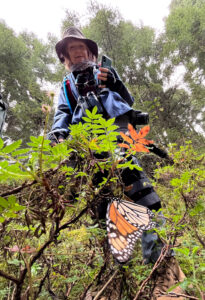
Harmon emphasized that conservation is a shared responsibility, extending beyond borders. "Visiting the monarchs in their overwintering grounds in Mexico, I saw that while they still number in the millions, their populations have declined as threats to their habitat and reproduction take a toll. The tenacity and beauty of the monarch butterfly reflect a story we aspire to as a species—one of resilience and survival—and a divine work we must cherish and protect."
People are protecting the overwintering grounds in the oyamel fir forests in Mexico and others are working to safeguard the breeding grounds that span the entire United States and into Canada. It doesn’t matter whether you call this insect a monarch butterfly, parakata (Purépecha for “butterfly”), or mariposa monarca (Spanish)—its survival depends on conservation efforts across borders.
One way to get involved is by joining the Oklahoma Monarch Society’s upcoming webinar series, where experts will share insights on monarch conservation and actionable ways you can help protect their journey. Ensuring the future of these incredible migrations depends on everyone taking action, and together, collective efforts can make a real difference. So, plant native pollinator habitat, donate to monarch conservation efforts, or even purchase a Save the Monarchs license plate. Small efforts create big change—let’s make an impact together!
More Photos From Our Adventure!
Click to enlarge.

